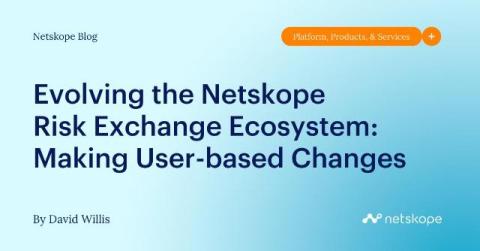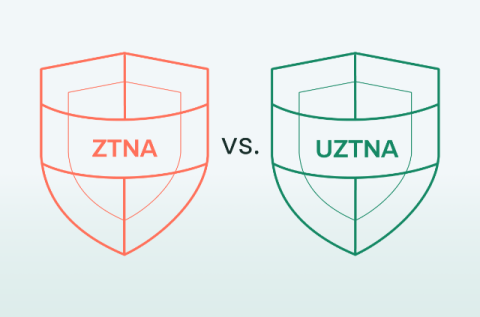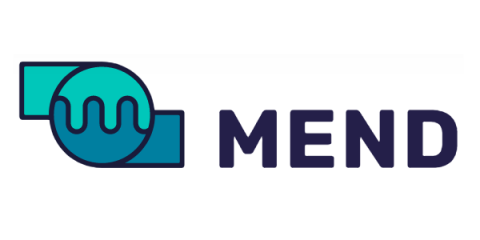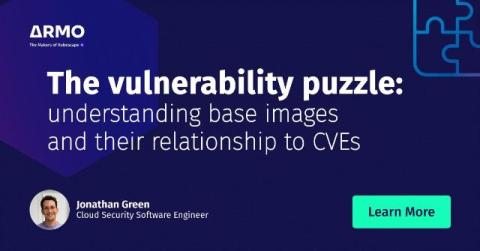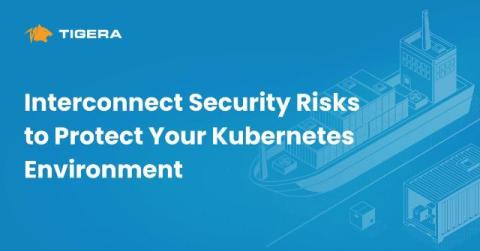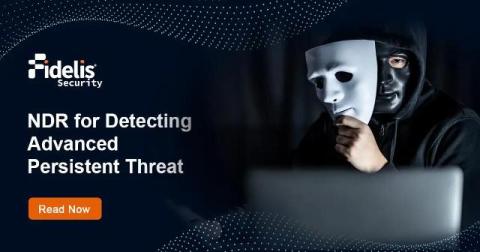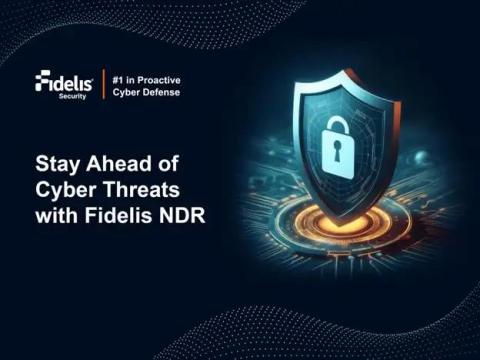Workplace Special Category Data
First, I want to make sure we’re all on the same page. Special category data is personal data that is considered sensitive and requires additional safeguards when processed, as it can have a significant impact on an individual's life.



